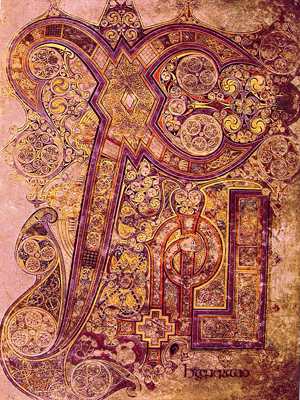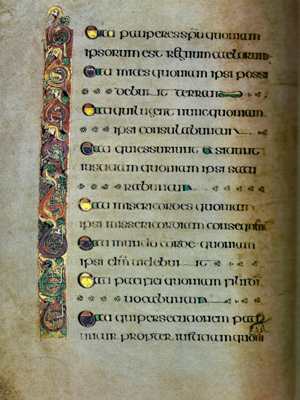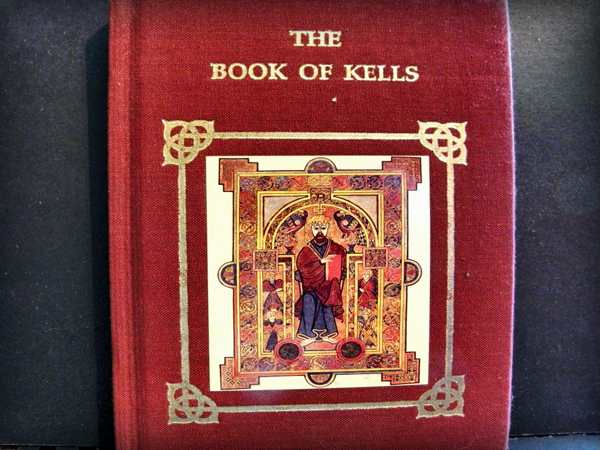The Book of Kells, often hailed as the most beautiful book in the world, stands as a masterpiece of medieval art and craftsmanship. Produced around 800 CE, this illuminated manuscript consists of 340 folios bound into four volumes, though it originally contained more pages. This stunning artifact showcases the four Gospels, primarily drawn from St. Jerome’s Vulgate Bible, with select passages from the earlier Vetus Latina texts, representing the pinnacle of the Insular Style of manuscript illumination.
While its exact origins remain debated, Iona, a small island off the coast of Scotland, is often cited as the likely birthplace of the Book of Kells. The manuscript was likely moved to the Abbey of Kells in County Meath, Ireland, to protect it from Viking raids that began in 794. It remained at Kells for much of the medieval period until 1654 when Cromwell’s troops threatened the abbey. The book was then relocated to Dublin and presented to Trinity College in 1661, where it still resides today, attracting visitors from around the globe.

The Book of Kells is renowned for its dazzling illuminations, particularly the intricate full-page artworks that blend vibrant colors, swirling knotwork, and interlaced figures. Among its most famous pages is the Chi-Rho page (folio 34r), an iconic symbol of Western art that showcases complex knot-work, writhing animals, and abstract patterns so detailed that they can only be fully appreciated with a magnifying lens—an invention that didn’t exist when the book was created.
In 1007, the Annals of Ulster reported that the Book of Kells was stolen from the church in which it was held: “The great Gospel of Colum-Cille was wickedly stolen in the night out of the western sacristy of the great stone-church of Cenan as – the chief relic of the western world, on account of its ornamental cover.” Fortunately, the manuscript was recovered two months later, though its valuable gold cover had been stripped. The theft highlights not just the book’s sacred value but also its role in worship, as it was kept in the church rather than in a library.

The Book of Kells has significantly influenced Celtic art, inspiring countless artists and craftsmen over the centuries. Its motifs can be seen in a wide range of Celtic-themed items, from pewter pillboxes made by A E Williams to decorative plates by Spode and Nexus Pottery. The enduring appeal of its designs speaks to the book’s timeless beauty and its deep cultural resonance.
Today, the Book of Kells remains a symbol of Ireland’s rich artistic heritage. If you ever find yourself in Dublin, visiting Trinity College to view this extraordinary manuscript is a must. The intricate artwork and historical significance of the Book of Kells continue to captivate art lovers, historians, and visitors alike, serving as a remarkable testament to the skill and creativity of the medieval monks who created it.

